British conservationist fights to save seahorses in Cambodia
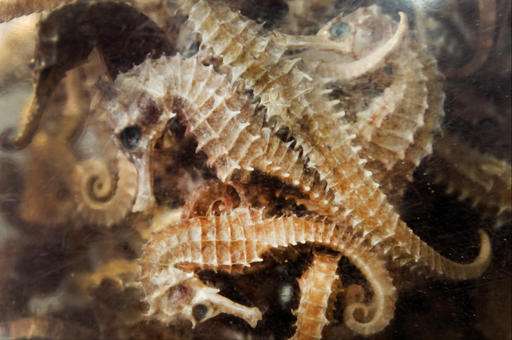
A 7-inch creature with a head resembling a horse and a monkey-like tail glides gracefully out of a dark coral crevice off the Cambodian coast. Master of camouflage, unrivaled as a hunter and a much-loved figure of ancient myths and legends, the seahorse may be spiraling toward annihilation after surviving beneath the waves for some 40 million years.
Taking photographs and detailed notes, two divers swim through turbid water to spot the male in the crevice and a nearby female, both hanging on in a once-pristine habitat turned to withered coral beds and ragged remnants of seagrass meadows.
The tropical seas around this jungled island depict, in microcosm, both the seahorse's threatened state—tens of millions are harvested globally each year—and possible ways to save the iconic species from extinction.
"The seahorse faces an enormous variety of threats," says Paul Ferber, a British conservationist who has lived on Ach Seh Island for three years, studying the genus Hippocampus and trying to protect its ravaged environment against an armada of illegal trawlers, crab traps and divers in sleek longboats specifically targeting seahorses and related species.
Peering into the darkness one night, Ferber hears the tell-tale chugging of his No. 1 enemy: trawlers from neighboring Vietnam dragging miles-long nets with mesh so fine that even creatures smaller than seahorses can't escape.

"Big, nasty Vietnamese (boats). It's either a seine trawler or a pair of them," he says of vessels that leave behind a lifeless ocean. If equipped with electrified nets, they can even stun and suck in living things burrowed in sea beds.
A powerfully built man with a pair of seahorses tattooed on his chest, Ferber urgently calls his contact in the Cambodian fisheries department, hoping its speedboat can rush from the mainland to arrest the intruders. No luck; the department's fastest boat was being repaired.
The 39-year-old Ferber, who underwent police training in Britain, said that before such cooperation began, he and his team confronted illegal fishermen alone, armed only with "a slingshot and a bunch of rocks." He said they were shot at with AK-47 rifles and even a spear gun, and one of their boats was rammed and sunk. Death threats continue.
Seahorses, caught in waters around the world, are sold mainly for Asian traditional medicine, especially in Taiwan, Hong Kong, Vietnam and China.
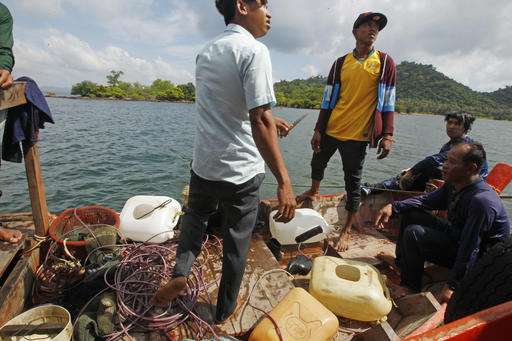
Amanda Vincent, a Canadian marine biologist and founder of Project Seahorse, estimates that more than 20 million are so consumed each year. Lesser numbers end up as key rings, encased in jewelry or other curios, or in aquariums, with the United States the world's top buyer for the pet trade. Data from CITES, the international monitor of the wildlife trade, shows that more than 630,000 were imported in the U.S. from 2004 to 2014.
Neither their unique look and behavior (the male, for example, gives birth to the young) nor their place in popular imagination (as charioteers for the Greek god Poseidon, or powerful sea dragons of Chinese myth) seems to have prevented massive exploitation. In Chinese traditional medicine, seahorses ground into powder or dried and eaten whole are believed to cure everything from kidney disease to baldness, despite a lack of scientific evidence. Rice wine with seahorses stuffed inside the bottles is advertised as a powerful sex tonic to "turn a man into an all-night Romeo."
Visits to Chinese medicine shops in Bangkok and Phnom Penh, Cambodia's capital, showed brisk sales. In Cambodia, where buying, selling and processing of seahorses is illegal, a dried seahorse was priced at $2 to $2.50.
"It's a race between the conservation ethos and the rape-and-pillage ethos," says Vincent, who chairs the seahorse expert group of the Switzerland-based International Union for Conservation of Nature. The legal export trade, she says, has been greatly reduced globally, but illegal fishing continues to threaten many of the 41 seahorse species.
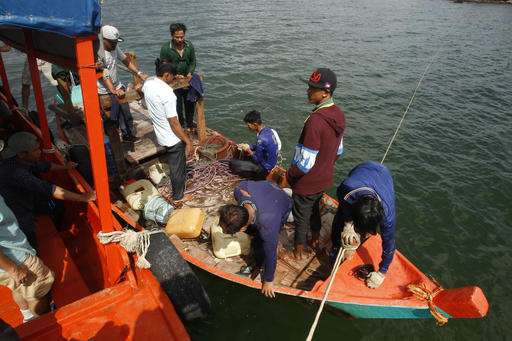
Experts are reluctant to make predictions about possible extinctions but agree many populations are in retreat.
"Seahorses are increasing in our area but declining everywhere else," says Ferber, who discovered the devastation of Southeast Asia's seas as a dive instructor in Thailand and Cambodia. On Ach Seh Island, he has built a rudimentary station and quarters for his Thai wife, five children, staff, young volunteers and visiting marine biologists, all living together communal-style. His group, Marine Conservation Cambodia, is supported chiefly by the International Conservation Fund of Canada.
Illegal fishing within the roughly 80 square kilometers (31 square miles) that the group patrols has dropped dramatically, he says. Most of the area will become a marine conservation zone in mid-2017.
The group also maintains a small study area the size of six football fields, and while it has yet to be fully rejuvenated, Canadian staffer Anick Haissoune says, "It's created a haven for seahorses. It's small, but proves that a place can revive." Initially, divers were lucky to spot two seahorses, but now as many as 14 are seen on dives.
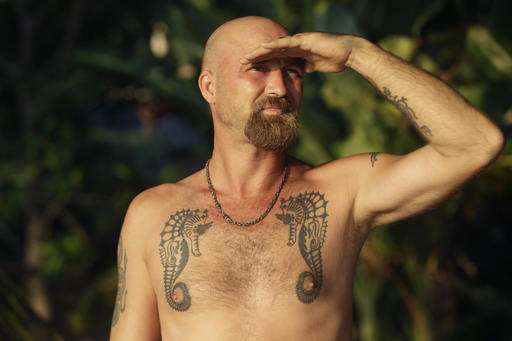
More than 30 individual seahorses have been "tattooed"—injected with special dye to allow tracking of their lives and adaptations to surrounding habitat.
Although Ferber lacks academic training—among other occupations, he worked as a florist in London—and Vincent says he is still formalizing his scientific research, she believes his efforts will result in excellent long-term studies. She lauds his role as a front-line conservationist, calling him "not one of life's bystanders."
"Paul has enormous courage in tackling real problems with minimal resources," she says. "I hope he can find a way to stay effective while staying safe. If I had a Paul in every country where we work, my life would be much easier."
Ferber praises supportive officials in Phnom Penh and within the local fisheries department, but alleges corruption among police and some local government officials tasked with protecting the marine environment.
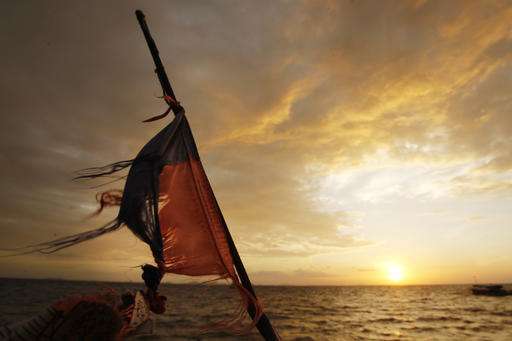
"It's a cat-and-mouse game," he says of the almost daily battle against encroachers.
On a trip to the mainland, Ferber and his crew spot a small craft, pull alongside and lasso it. Its four Vietnamese divers, smiling nervously, have no fishing permit, carry illegal spear guns and have already filled two jerrycans with an assortment of sea creatures.
"They're small-scale poachers, but they strip everything off the coral reefs that makes them healthy," Ferber says.
He calls the fisheries department. It's ready to take action, but final approval for an arrest is needed. The provincial deputy governor then sends word to let the Vietnamese go.
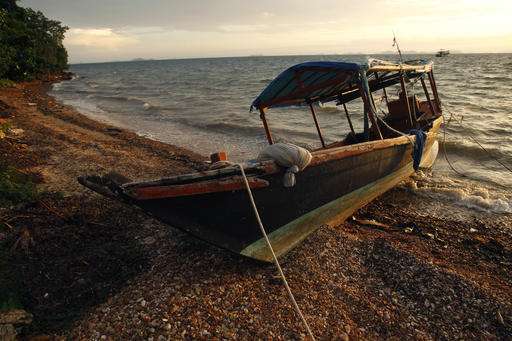
A reason isn't given; later attempts by The Associated Press to reach the governor and deputy governor by phone were unsuccessful.
But Ferber has his suspicions—and he unleashes a string of curses over the waters.
-
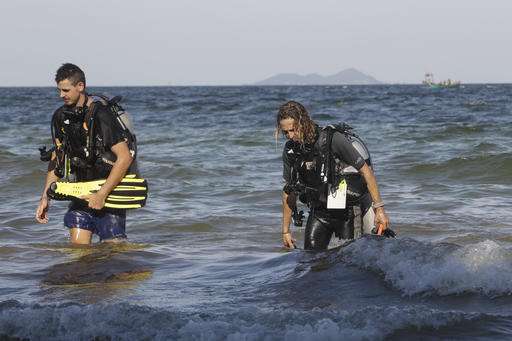
In this Nov. 26, 2016, photo, conservationist Anick Haissoune of Canada, left, and colleague, Carney Miller of Australia, return from a dive off Koh Ach Seh Island, Cambodia, the base camp where a conservation team is fighting to save the rapidly-disappearing seahorse near the Cambodia-Vietnam border. The much-loved figure of ancient legends has been around for 40 million years but is now being ruthlessly exploited for Asian traditional medicine. (AP Photo/Heng Sinith) -
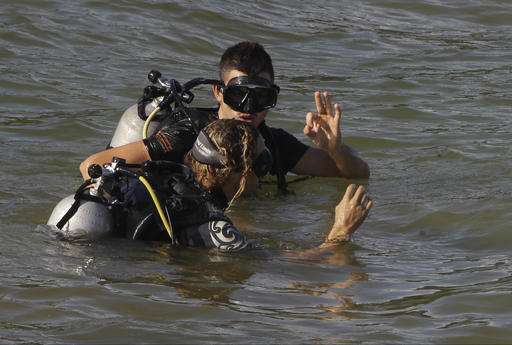
In this Nov. 26, 2016, photo, conservationist Anick Haissoune of Canada, foreground, signals his colleague, Carney Miller of Australia, before diving off Koh Ach Seh Island, Cambodia, the base camp where a conservation team is fighting to save the rapidly-disappearing seahorse near the Cambodia-Vietnam border. The much-loved figure of ancient legends has been around for 40 million years but is now being ruthlessly exploited for Asian traditional medicine. (AP Photo/Heng Sinith) -
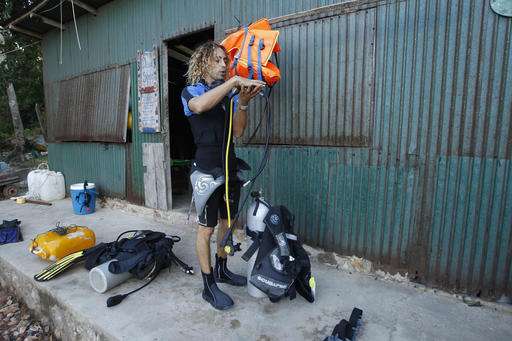
In this Nov. 26, photo, conservationist Anick Haissoune of Canada, prepares for a dive off Koh Ach Seh Island, Cambodia, the base camp where a conservation team is fighting to save the rapidly-disappearing seahorse near the Cambodia-Vietnam border. The much-loved figure of ancient legends has been around for 40 million years but is now being ruthlessly exploited for Asian traditional medicine. (AP Photo/Heng Sinith) -
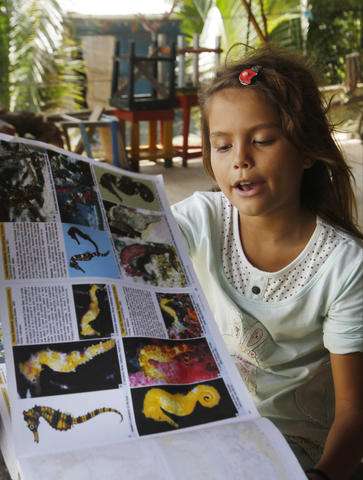
In this Nov. 27, photo, Jasmine, daughter of British conservationist fighting to save Cambodian seahorses, Paul Ferber, reads a seahorse study book at a basecamp on Koh Ach Seh Island, near the Cambodia-Vietnam border. The much-loved seahorse, a figure of ancient legends has been around for 40 million years but is now being ruthlessly exploited for Asian traditional medicine. (AP Photo/Heng Sinith) -
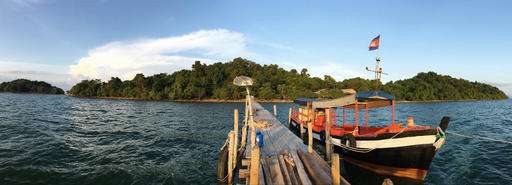
In this Nov. 26, 2016, photo, a wooden boat anchors at a pier off Koh Ach Seh island where a basecamp of conservationists fight to save the rapidly-disappearing seahorses of Cambodia, near the Cambodia-Vietnam border. The much-loved figure of ancient legends has been around for 40 million years but is now being ruthlessly exploited for Asian traditional medicine. (AP Photo/Heng Sinith)
© 2017 The Associated Press. All rights reserved.


















